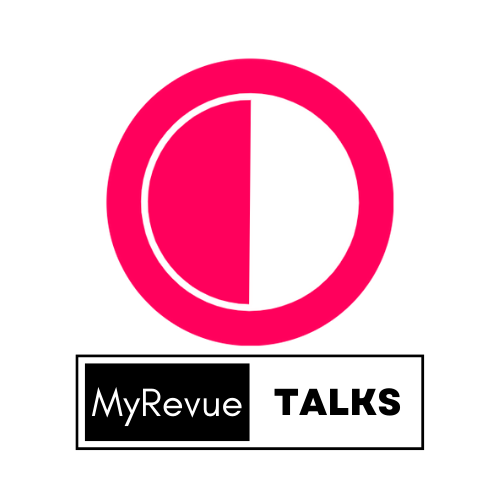Leveraging user-generated content to create customer-centric brand messaging in testimonials
By incorporating UGC into testimonials, you can create customer-centric brand messaging that resonates with your target audience.

Written by Shivangi
Updated on 18/07/2023
<p class="MsoNormal">Leveraging user-generated content (UGC) to create
customer-centric brand messaging in testimonials is an effective strategy to
showcase the authentic voice of your customers and highlight their positive
experiences. By incorporating UGC into testimonials, you can create
customer-centric brand messaging that resonates with your target audience. Here
are some tips on how to accomplish this:<o:p></o:p></p><p class="MsoNormal"><br></p>
<p class="MsoNormal">Curate Relevant UGC: Identify UGC that aligns with your
brand's messaging and customer experience. Look for testimonials, reviews, and
social media posts that showcase customers' satisfaction, highlight specific
benefits or features of your product/service, or reflect the values your brand
promotes. Choose UGC that speaks to your target audience and supports the key
messages you want to convey.<o:p></o:p></p><p class="MsoNormal"><br></p>
<p class="MsoNormal">Incorporate Direct Quotes: Utilize direct quotes from
customers' UGC in your testimonials. These quotes capture the authentic voice
of your customers and add credibility to your brand messaging. Select quotes
that are concise, impactful, and clearly communicate the benefits or positive
experiences associated with your brand.<o:p></o:p></p><p class="MsoNormal"><br></p>
<p class="MsoNormal">Highlight Diverse Customer Experiences: Showcase a range of
customer experiences and perspectives through UGC. Feature testimonials from
different demographic groups, locations, or use cases to demonstrate the
versatility and broad appeal of your brand. This diversity of voices in your
testimonials enhances the customer-centric nature of your messaging.<o:p></o:p></p><p class="MsoNormal"><br></p>
<p class="MsoNormal">Include Visual UGC: Visual UGC, such as photos or videos,
can be a powerful addition to customer testimonials. Incorporate visuals that
capture customers using your product or experiencing your service. These
visuals not only provide a more immersive storytelling experience but also add
an extra layer of authenticity and relatability to your brand messaging.<o:p></o:p></p><p class="MsoNormal"><br></p>
<p class="MsoNormal">Customize Testimonials for Different Channels: Tailor your
testimonials and UGC for different marketing channels. Consider the specific
characteristics and preferences of each platform. For instance, on social media,
you may opt for shorter testimonials or snippets that are easily shareable. On
your website or email campaigns, you can include more detailed testimonials
that provide a comprehensive view of customer experiences.<o:p></o:p></p><p class="MsoNormal"><br></p>
<p class="MsoNormal">Engage with UGC Contributors: Foster engagement with
customers who have provided UGC for your testimonials. Respond to their posts
or comments, express gratitude for their contribution, and maintain an ongoing
relationship. This interaction not only strengthens the customer-centric aspect
of your brand messaging but also encourages other customers to contribute their
own UGC.<o:p></o:p></p><p class="MsoNormal"><br></p>
<p class="MsoNormal">Incorporate UGC Across Customer Journey: Extend the use of
UGC beyond testimonials to different stages of the customer journey. Include
UGC in your social media campaigns, product descriptions, email newsletters,
and customer support interactions. By consistently integrating UGC throughout
the customer journey, you reinforce the customer-centric messaging and showcase
the impact your brand has on people's lives.<o:p></o:p></p><p class="MsoNormal"><br></p>
<p class="MsoNormal">Seek Permission and Give Proper Credit: Ensure that you have
obtained proper permission from customers to use their UGC in testimonials.
Respect their privacy and intellectual property rights. When sharing UGC, give
credit to the customer who provided it. This transparency and acknowledgment
further strengthen the customer-centric approach of your brand messaging.<o:p></o:p></p><p class="MsoNormal"><br></p>
<p class="MsoNormal">By leveraging UGC to create customer-centric brand messaging
in testimonials, you can effectively communicate the value of your brand
through the authentic voices and experiences of your customers. This approach
helps build trust, authenticity, and engagement while reinforcing the
customer-centric nature of your brand.<o:p></o:p></p>
<p class="MsoNormal"><span lang="EN-GB"> </span></p>
